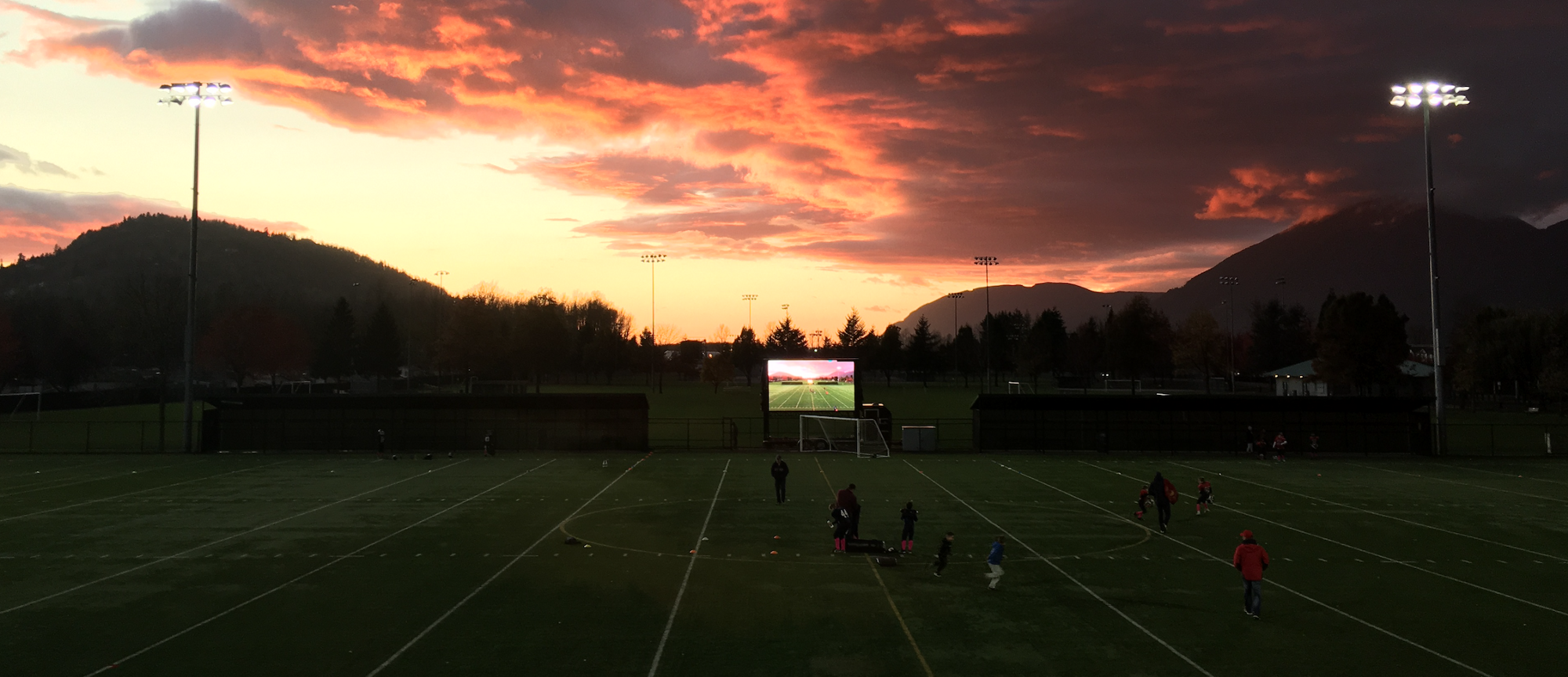VBN Sports cuts costs 48% with Video Transport

I had an exciting conversation with Wayne Bjorge, who runs a video production company out of Chilliwack, Canada. In addition to a variety of local, college and community sports broadcasts and bi-weekly city council meetings, on an average year VBN would produce around 50 hockey games, 40 football games, the Vancouver Jazz Festival and a TEDx event. Curiously enough, some of the hockey games are distributed by HockeyTV, a long-time customer and user of a Medialooks video SDK.
Wayne has been president of his local football association for about 15 years and started producing broadcasts at a time when it wasn’t very common to do that. He was fascinated by the fact that someone far away could tune in and see his son’s first touchdown.
It was kind of cool to see that. We’ve had people from all over the world watch our little local football game. What drew me in was the fact that people could watch from anywhere.
Before the remote production process was in place, Wayne’s team would take their production trailer to the event early Friday, where they’d have to wire everything up. Multiple wires would have to be run to the broadcast tower: cameras, audio, communication, Internet—it took a long time and several people to do that. Then, the production would be done for one or several days with all the equipment being locked on site.
Well, we didn’t have to do that anymore. We just had to bring the cameras and some short wires and plug into the Internet and away we’d go—so it’s a significant difference. Everything remains set up in the studio. You don’t have to break it down, take it all the way there and then bring it all the way back. You don’t have to bring twice as many people, rent twice as many hotel rooms and feed everyone because they didn’t have to travel. So there’s a large reduction in cost.
Wayne even provided a cost breakdown for the latest football game they produced remotely. Comparing the cost of sending a crew of nine people (based on two nights stay and five meals) with sending a crew of four plus a Video Transport license resulted in saving as much as 48%—not a huge surprise since travel, food and accommodation are proportional to the number of people.
Worth mentioning also is that the five people, who didn’t travel, were only busy during the time of the event itself, and were available for other jobs in the meantime.
Wayne says that latency is not much of a problem for his production process. Delivering a live feed via YouTube introduces a delay of 15 seconds, so if there’s an extra second or two to get the feeds in, it’s not going to make a big difference. It would, however, be a requirement if they needed to send the video back to the stadium to put it up on the local screen. Coincidentally, the latest update to Video Transport offers just that: a cross between minimum latency and maximum reliability (with a buffer of about 1 second).
Wayne’s favourite feature, though, is simplicity:
It’s very easy to use and it’s laid out very logically. And once you’ve used it once or twice it’s extremely intuitive for a system that’s performing such a complicated function in the background. The user interface is done well. If you have a problem with a connection, you know about it, because it’s red—so it’s obvious that you have a problem, right? And green is good. You can adjust bit rates, you can see if your FPS is correct, and that makes troubleshooting easy: if you have a problem, you know right away, and you can fix it.

Wayne has used Video Transport as an innovative way to cut costs and do more with the limited resources he had:
We’ve saved a lot of money and managed to produce more events than we could before. We couldn’t have done some of these events in the past because we couldn’t get enough people to go to them—they were just not available.
